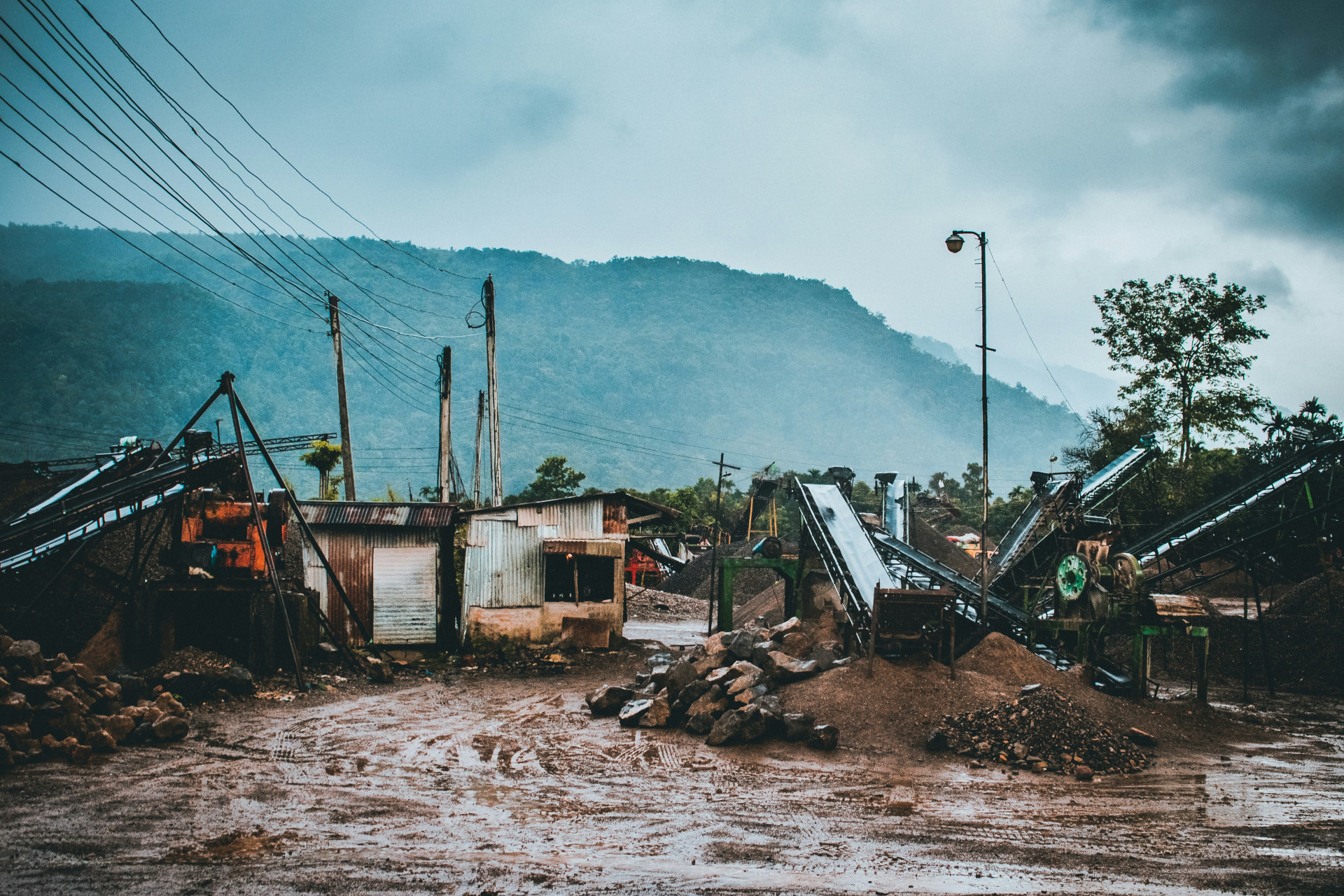
Since the 1970s, Disaster Risk has been understood as a compound event resulting from the intersection of a hazardous event (flood, drought, earthquakes, tropical cyclones,…), the exposure (human population, buildings, ecosystems or other assets) and the vulnerability of this exposure (the susceptibility of an exposed element to be impacted by a hazardous event of a given intensity).
However, exposure, hazards susceptibility and vulnerability are constantly evolving given increase population, climate change, ecosystem decline and change in socio-economics. This means that disaster risk is dynamic and needs to be regularly updated.
This platform provides access to global datasets regarding hazards (floods, droughts, forest fires, tropical cyclones, earthquakes, tsunamis, landslides, volcanoes), the exposure (economic or population) as well as risk of losses.
Risk has been estimated for the existing climate and two different climate change scenarios.
Risk metrics such as the Average Annual Loss (AAL) enable governments to identify and understand the contingent liabilities internalised in their infrastructure systems and to choose the most appropriate strategies to strengthen resilience.
Most of these datasets (updated in 2023) have been generated by the GIRI project.
Average Annual Loss (AAL): A measure of annualized future losses over the long term, derived from probabilistic risk models. The AAL provides an estimator of losses that are likely to occur every year due to a specific hazard (UN Global Assessment Report on Disaster Risk Reduction 2013, https://www.preventionweb.net/english/hyogo/gar/2013/en/gar-pdf/Annex_1.pdf).
Climate scenarios: The reference period for present is 1979 - 2016 while for future scenarios is 2060 – 2100. For the future climate, the ISIMIP3b dataset has been selected as state-of-the-art climate projection.
Two scenarios were chosen, adopting as criterion a statistical selection based on the percentiles of the ensemble of temperature trajectories . The Lower bound represents the 20-percentile of the ensemble of average world temperature over land of the ensemble of the entire ISIMIP-3b scenario ensemble.
Coping capacity: The ability of people, organizations and systems, using available skills and resources, to face and manage adverse conditions, emergencies or disasters.
Disaster risk: The potential loss of life, injury, and/or destroyed and damaged assets, which could occur in a system, society, or community in a specific period of time, determined probabilistically as a function of hazard, exposure, vulnerability, and capacity.
Exposure: People, property, systems, or other elements present in hazard zones that are thereby subject to potential losses.
Hazard: A dangerous phenomenon, substance, human activity or condition that may cause loss of life, injury or other health impacts, property damage, loss of livelihoods and services, social and economic disruption, or environmental damage.
Resilience: The ability of a system, community or society exposed to hazards to resist, absorb, accommodate to and recover from the effects of a hazard in a timely and efficient manner, including through the preservation and restoration of its essential basic structures and functions.
Vulnerability: The characteristics and circumstances of a community, system or asset that make it susceptible to the damaging effects of a hazard.